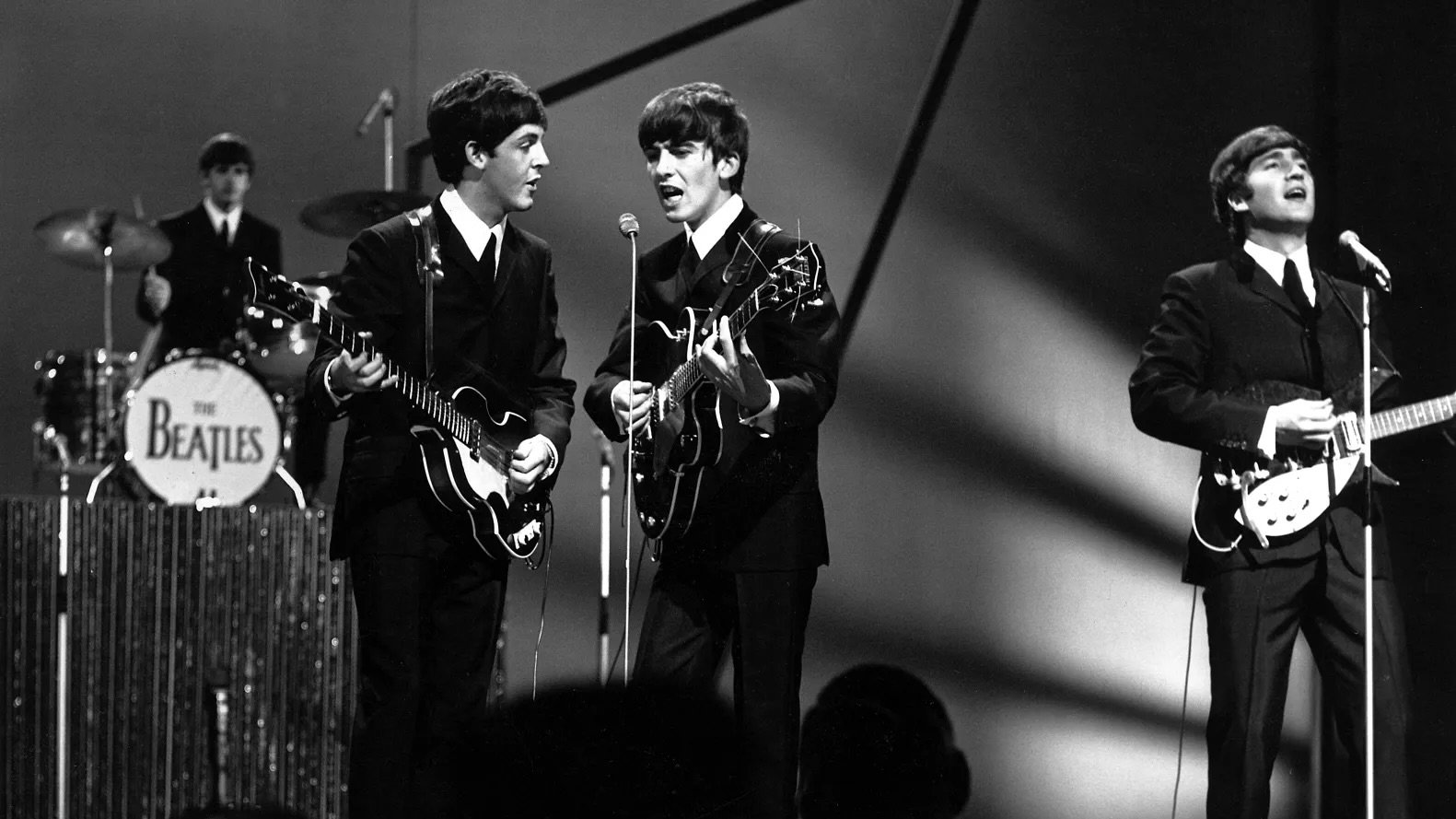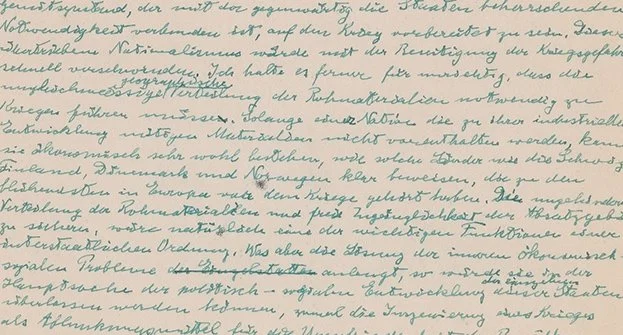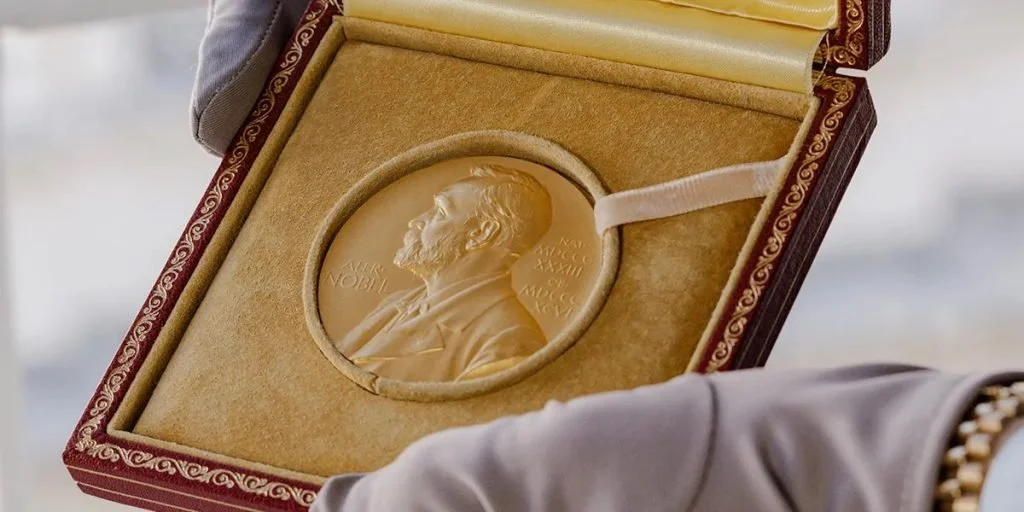
MEDIA FEATURES
Feel free to press on any of the logotypes below to view some of our media features, including Alexander Bitar’s Netflix appearance and our feature in Forbes.
YOUTUBE
Please follow our journey on YouTube and other social media platforms to stay updated with our latest content, announcements, and behind-the-scenes glimpses.
STORIES
Feel free to click on any of the stories below to read more about our business and our industry, with interesting articles giving advice and behind-the-scenes information.
HOW TO DETERMINE AUTHENTICITY
Authenticity is by far the most important thing. There are several factors to consider when determining whether an item is real or fake. Does the provenance or a certification guarantee that an item is authentic?
HOW TO VALUE HISTORIC LETTERS
Although the same person could sign two different letters, the values could differ enormously. There are many key elements to have in mind while estimating a value, with condition and content being two examples.
NOBEL PRIZE MEDALS
As a laureate of the world's most prestigious award, you receive a powerful golden medal. Read about the history, specifics, and auction records for the Nobel Prize medals.
Coming soon…
THE HOLY GRAIL
The term "Holy Grail" is often used in the world of collectibles to describe something truly exceptional. What are the grails of different collecting categories, such as sports, autographs, and provenanced items?
Coming soon…










